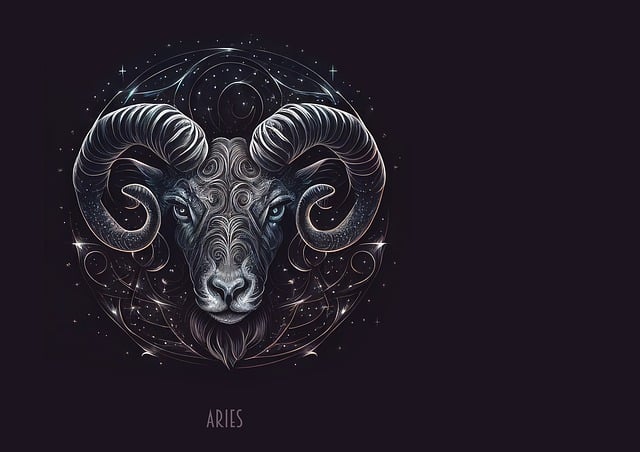Introduction to Alternative Healing
Alternative healing encompasses a vast range of practices that diverge from conventional Western medicine. These methodologies often draw from traditional wisdom, relying on the natural world and the body’s inherent healing capabilities. They can include acupuncture, herbal medicine, Reiki, and chiropractic methods, among many others. Proponents value these techniques for their holistic approach, addressing not only physical symptoms but also emotional and spiritual well-being. While scientific scrutiny varies, a growing interest in integrative health underscores the potential of such approaches, bridging ancient remedies and modern wellness strategies.
Historical Overview of Ancient Healing Methods
Throughout history, civilizations have sought remedies to heal the body and mind. Ancient Egyptians utilized herbs and spices like cumin, coriander, and frankincense for embalming and medicinal purposes. Traditional Chinese Medicine (TCM), dating back over 2,000 years, emphasizes balance and harmony in the body, implementing acupuncture, dietary therapy, and qigong. Ayurveda, the healing system of India, incorporates herbal medicine, yoga, and nutritional guidance to promote wellness. In the Americas, indigenous tribes turned to a pharmacopeia of plants for healing, a practice still influential today. Collectively, these ancient methodologies underscore the constant human pursuit of health and wellbeing through nature’s offerings.
The Intersection of Traditional and Contemporary Healing Practices
In the realm of alternative healing, a fusion occurs between age-old wisdom and cutting-edge innovation. Traditional methods, such as acupuncture and Ayurveda, have stood the test of time, offering holistic approaches emphasizing the body’s natural healing capabilities. These practices often focus on balance and the subtle interplay of elements within the human system. In contrast, contemporary practices may involve recent scientific discoveries, including the therapeutic use of modern technologies or newly developed supplements. Today, integrative medicine seeks to combine the best of both worlds, ensuring that patients receive personalized care that honors both historical insight and current scientific understanding. As a result, traditional and contemporary healing practices are increasingly seen not as rivals, but as complementary components of a comprehensive approach to wellness.
Key Alternative Healing Techniques and Their Benefits
- Acupuncture: Stimulates the body’s ability to heal itself by inserting fine needles into specific points, potentially reducing pain and promoting relaxation.
- Chiropractic care: Involves spinal adjustments to alleviate back pain, headache, and improve overall body function.
- Herbal medicine: Uses plant-based remedies to treat various ailments, aiming to restore bodily harmony.
- Reiki: A form of energy healing that seeks to balance life energies, often leading to reduced stress and enhanced well-being.
- Ayurveda: An ancient Indian system that incorporates diet, herbal treatments, and yogic breathing to maintain health.
- Homeopathy: Employs highly diluted substances with the intent to trigger the body’s natural defenses.
- Massage therapy: Manipulates soft body tissues to decrease muscle tension, diminish stress, and improve circulation.
The Role of Mind-Body Connection in Alternative Therapies
Alternative healing practices often emphasize the mind-body connection, recognizing that emotional, mental, social, spiritual, and behavioral factors can directly affect one’s health. Therapies such as meditation, yoga, and acupuncture harness this connection, positing that a healthy mind contributes to a healthy body. These modalities aim to balance the body’s energy, release stress, and improve mental focus, thereby potentially easing physical ailments. By engaging the patient’s active participation, these therapies empower individuals to take a holistic approach to their wellbeing, suggesting that healing comes from within as much as from external treatments.

Scientific Evidence Supporting Alternative Medicine
Significant research has begun to shed light on the validity of alternative medicine practices. Studies on acupuncture have demonstrated efficacy in pain management and post-operative nausea. Herbal remedies like echinacea are shown to boost immunity markers. In the realm of mental health, mindfulness and meditation practices have been repeatedly correlated with reduced anxiety and depression symptoms. Furthermore, chiropractic care has displayed benefits for chronic back pain, and the therapeutic application of yoga helps improve cardiovascular health. These findings provide a scientific foundation for these age-old practices, increasingly integrating them into comprehensive healthcare models.
Integration of Alternative Remedies in Modern Healthcare Systems
The healthcare community recognizes the potential benefits of alternative remedies when integrated with conventional medicine. Hospitals now often offer complementary therapies—acupuncture, massage therapy, and herbal medicine—to manage pain and stress. Regulatory agencies are creating frameworks to ensure the safety and efficacy of these practices. Research institutions conduct rigorous studies to validate the therapeutic claims of alternative remedies. Insurance companies are gradually including certain alternative treatments in their coverage. This synergy of modern and traditional healing methods aims to offer a holistic approach, enhancing patient outcomes and satisfaction.
Future Prospects and Challenges in Alternative Healing
The field of alternative healing faces a dynamic future, with both promising prospects and considerable challenges. On the horizon, technological advancements and integrative medicine practices are poised to amplify the effectiveness of alternative therapies. Meanwhile, the growing emphasis on holistic and patient-centered care in the medical community signals increased acceptance.
However, challenges are substantial:
- Scientific Validation: Proving the efficacy of alternative healing methods through rigorous scientific studies remains a significant hurdle.
- Regulatory Oversight: Ensuring proper regulatory measures without stifling innovation is a fine balance to maintain.
- Mainstream Acceptance: Overcoming skepticism from conventional healthcare providers is crucial for collaborative care paradigms.
- Educational Barriers: Enhancing the education of practitioners and the public about alternative therapies is essential for informed choices.
- Cultural Differences: Balancing healing practices with cultural sensitivity and awareness is vital for global applicability and acceptance.
Embracing these challenges and capitalizing on opportunities will determine the trajectory of alternative healing’s role in future healthcare landscapes.























0 Yorum